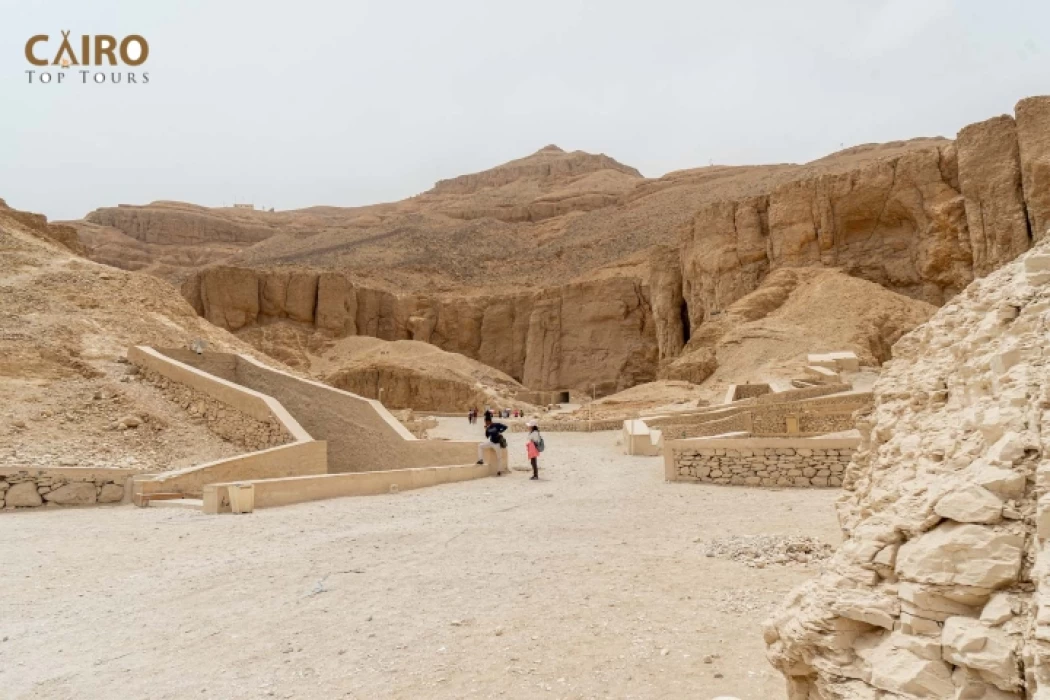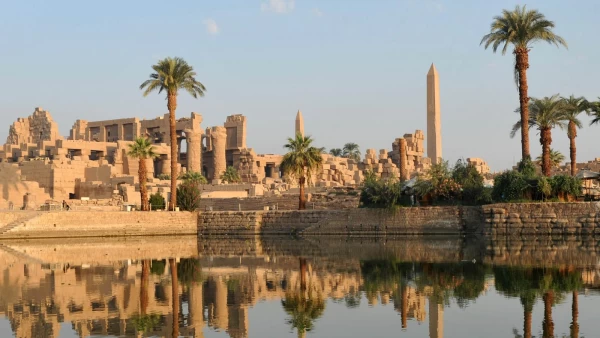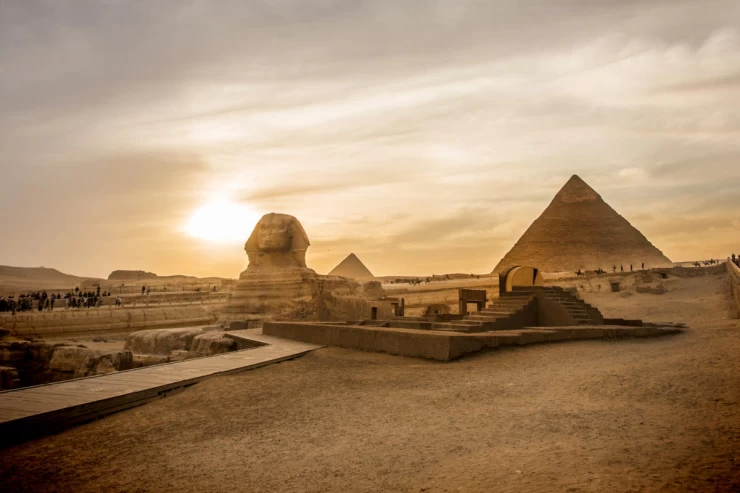
Valley of the Kings in Luxor
Valley of Kings
It’s a dry river valley across the river on the west bank of Luxor, or as it was known, Thebes, where the kings of the eighteenth and nineteenth dynasties were buried. Therefore, it gained the new name of “Valley of Kings." It also included buried non-royal personalities but high-ranking individuals. It is one of the most visited destinations in Luxor and attracts visitors through Safaga shore excursions from around the world to see the mesmerizing tombs. The valley includes more than sixty tombs and twenty unfinished tombs.
The reason behind choosing the West Bank
The choice of the valley was made according to funerary reasons because it's located at the west of the Nile as the sun god set died on the western horizon; as a result, the ancient Egyptian cemeteries were situated on the west bank of the Nile River. The pyramids were a symbol of eternity and the belief in rebirth, so the kings of the Egyptian kingdom chose to be laid in a place where there was a natural formation-shaped peak like the pyramid rising out of the cliff surrounding the valley. The third reason behind choosing this place was the isolation to let the kings lie in peace away from any robberies.
The tombs of the Valley of Kings
Most of the tombs now are available for visitors and history seekers; however, some of the tombs are exposed to being closed due to the exerted efforts for repair and maintenance. One of the most prominent tombs is Tutankhamun's tomb, which includes a great treasure. Now It’s back in the Egyptian Museum and most recently to the Grand Egyptian Museum in Giza. The Valley of Kings also encompasses the tomb of Queen Hatshepsut (reigned c. 1472–58), which has a 215-meter burial chamber and descends 100 meters into the rock.
The valley’s walls are decorated with many sculptured scenes showing the dead king in the presence of gods, especially the underworld gods. The tombs also encompass unusual funerary texts that had been found in the Papri to help him during his journey. It's an unforgettable experience to go through Egypt Classic Tours to discover the treasures of Egyptian kings and their royal tombs, like Tutankhamun's tomb, Seti I's tomb, and Ramses VI.


















